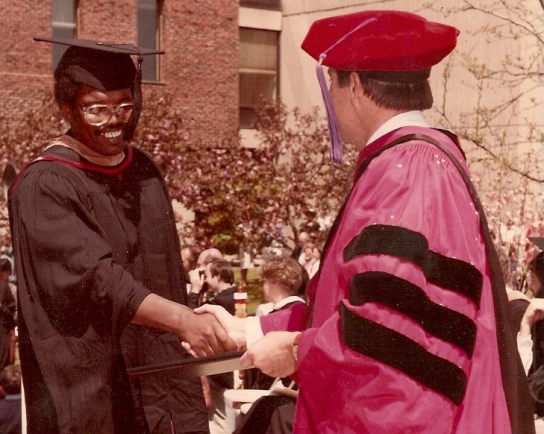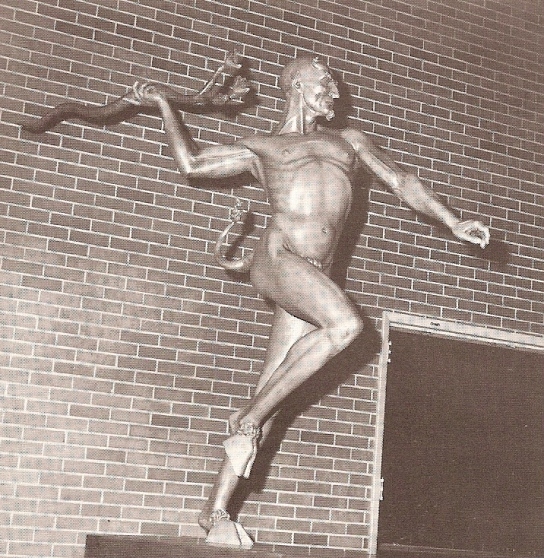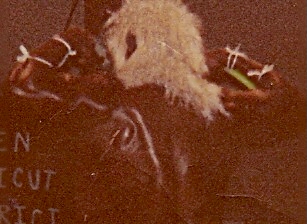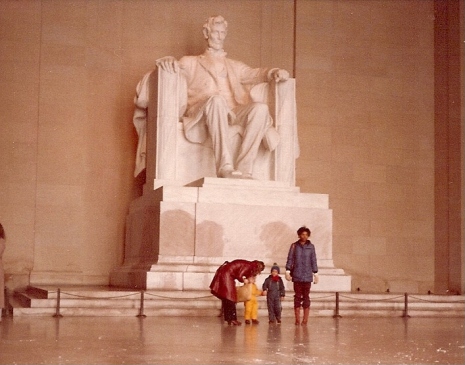Doshia G. Bowling(Mother)
A_ My name is Alice:
"I have always known that, that was my name; I just haven't always been able to repeat it, due to the times. My biological mother's name was Alice Loynes, and my father was the late deacon Walker Jones."

Numerican Nation , as a book, represents a microcosmic snap shot of a family spawned in slavery:
"Colored people living along a timeline; struggling to run while learning to crawl."
Lives more appropriately animated in autobiographical form.
Mark my words carefully.
IF YOU MUST WHISPER
I am a native son of South Carolina, born in the heart of winter on a small farm in rural Kershaw County. The farm stood at the outer brim of an old antebellum plantation, in a territory once considered the heart and soul of the Confederate States of America.
The “massa” was often times referred to as old man Kirkland; his ghost(s) was thought to patrol the roads at night. The penalty for getting caught in the road after dark was death; and the only pardons granted, were by the grace of God.

[The Confederate States were those states that chose to secede from the United States during the period known as the American Civil War. Those states included Alabama, Arkansas, Florida, Georgia, Louisiana, Mississippi, North Carolina, South Carolina, Tennessee, Texas, and Virginia.
At the heart of the issues that led to secession was Slavery, and freedom for my people.]
Religion was deeply rooted in our community, and most folk took the Bible literally; “you shall love the lord your God with all your heart”.
The white people were perceived as rulers by divine right; as the term Lord, left over from colonial times, was used in an indistinguishable manner,..ie.
it was a mighty thin line between the Lord Cornwallis, and the Lord Jesus.
The church elders, in order to curry favor, did nothing to demystify the matter. Instead when the white people were around, they would preach really hard about working out our soul salvation in fear and trembling of the Lord.
Folklore had it that we were a lost tribe of Israel; And God had turned his back to us, because of our ignorance.
A Myth, borne of plantation rhetoric, contorted beyond recognition through the generations.
As best as I could figure, the tale originated in one of the books of the Old Testament; evident in the words of a minor prophet name Hosea:
-
Hear the word of the Lord, ye children of Israel: for the Lord hath a controversy with the inhabitants of the land, because there is no truth, nor mercy, nor knowledge of God in the land.
-
My people are destroyed for a lack of knowledge: because thou hast rejected knowledge, I will also reject thee, that thou shalt not be no priest unto me: seeing thou hast forgotten the law of thy God, I will also forget thy children.

Hurricanes, twisters, tornadoes, and other acts of nature we could handle, but the Lord was something else. The community was so swamped by fear that all it took was one refrain of Precious Lord, and Numen pranced about their grave.
There was indeed a lack of knowledge; we didn’t know about our past, or that of those who would have us bow down. The hymn Precious Lord signaled death; it was generally song on behalf of those in trouble with the law, and/or those who had departed prematurely for "glory".
Our habitat was situated deep within the tall pines east of the Wateree River, along a secondary road known as Route 3 (Kirkland Cemetery Road). The primary road, extending north from the town of Camden, was known as John G. Richards Road (Highway 97).
Access into and out of the area was limited to one unpaved dirt road, currently known as Neal Switch. The road was unlit, hazardous terrain at night and even more so during the rainy seasons:
There were gullies on each side and an old wooden plank bridge extending across a shallow creek (approximately fifty yards from 97). The road was a little less than a mile long and afforded a measure of security against the intrusion of outsiders.
Generally runners, “readers of the smoke” for lack of a better term, would announce the presence of outsiders. They would also alter the planks on the bridge to slow their advance, if need be.
The speed at which everyone else moved was very much a function of “the Smoke”. In dire situations the women, children, and church elders gathered at Rock Springs Church to sing hymns and pray.

After dark, it was usually some militant faction of the Klan; we could hear them from inside the church. They occasionally paused if mother was singing Precious Lord, as though they enjoyed the message.
Many of the folks living along the roads were kin, descended from slave families that once lived on or about the old plantations at White Oak and Flat Rock.
[During the Revolutionary War Era, White Oak was the community bordering the Catawba (Wateree) River: Flat Rock was the community along the old Lancaster-Camden highway near the celebrated “flat-rock”.]

From an ethnicity perspective, the subculture consisted of a unique blend of Caucasian, Negroid, and Native American people. The dominant culture referred to us, collectively, as the colored people.
In as much as we are not immigrants, in the traditional sense of the word, I prefer to think of us as the Numerican Nation; a spiritual people borne of slavery.
Hereditary traits were fairly evident in the lineage of the families, particularly the Kirkland, Reid, Evans, Loynes, Bracey, Stover, McCarley, and Harris clans. Do not take offence, as you shall discover shortly we are related in one-way or another.

The Kirklands, of Caucasian ancestry, most closely resembled the dominant culture. They enjoyed a modicum of privilege, above and beyond that which was afforded the others. Thanks in no small measure to the policies of apartheid instituted by the State:
Dixiecrats controlled the government, and selectively enforced the laws as they pertained to segregation; seeking to roll back the hands of time to a gentler period, one in which the Confederate Flag symbolized the natural order of things (not that anybody was acting up, mind you).
Under the tutelage of the Dixiecrats, the government delineated race along the lines of skin complexion, hair texture, and sexual gender. Colored people with light skin were given preference over the darker shades (if their hair wasn’t too knotty); colored women were afforded privilege above all.
There was nothing novel about the practice, as intelligence within the colored community was biblically driven; most folks relied upon prior knowledge to defend their station in life and the bible was all they knew.
While the Dixiecratic Party, as a third party movement was short lived; it’s core values and ideology survived for decades in the personage of then Governor Strom Thurmond.
Governor Thurmond's life is a matter of public record, so I will not dwell extensively upon it, except to note what comes to mind when I hear the name:
-
He was Superintendent of Education during the Richards Administration; "they won't know nothing if we don't teach them nothing!"
-
As Governor of South Carolina, he led the "Dixiecrats".
-
In the Presidential Eection of 1948, he carried the states of South Carolina, Alabama, Louisiana, and Mississippi.
-
His delineation of race along the lines of skin complexion, hair texture, and sexual gender was driven, at least in part, by his penchant for women of color (the Carrie “Tunch” Butler affair).
-
At age 55, he “filibustered” vociferously against Civil Rights; an age at which, segregation defined both his character and ideological preferences.
-
He was a Clemson product.
Let me share with you the fact that I sent my eldest son to Clemson, some seventy-two years after Strom’s graduation:
He was literally shocked and appalled by the values on display; values being defined as ideas and beliefs, that people think are important.
Needless to say; I traveled to the campus, on numerous occasions, simply to assuage his mind.
...
From a maternal perspective my lineage runs to the plantations about White Oak, and beyond to the indigenous Native American population who lived along the Catawba River.
Alice Loynes aka Doshia Greene
Our family's matriarch was Amelia Evans Greene, known to the community as " little mama".
She was born in 1884, along the Wateree River. She married a local colored man by the name of John Greene around 1900. They had four children, Amelia, Amy, Luella, and John Jr. :
Mr. John died of pneumonia around 1920. Little Mama did not remarry, instead she hunted, fished, farmed; and managed to finish raising the children on her own.
Luella & Doshia(around mid-century)
In 1932, as her older children were branching out, she acquired my mother and raised her also.
Little Mama's mother was Amelia Reid Evans, known locally as Melia.
According to mother, Melia came from parts South, and was not thought to have been a member of the indigenous tribes known collectively as the Catawbas.
Melia was born free, about the time of the Federal roundup of the Indian tribes (1835-1840). When she arrived in the Township of Flat Rock, she was in bondage.
She is recorded as the oldest of four siblings, within the household of Mr. and Mrs. Reid; the other three siblings were known as Punk, Duncan, and Josephine (Phine) Reid.
All that’s known about Mr. and Mrs. Reid is that they traveled about, in the early 1800’s, accompanied by two members of the indigenous Native American population; their names were David and Leah Evans.
Their status, as to whether slave or free, is unknown. My take on the relationship, is that they were the property of the Reids:
White people were generally addressed by their last name, in both oral and written communications. The family journal and the deferential tone of those with whom I spoke, suggest that the Reids were white (a matter of normative behavior and deductive reasoning).
Melia married John Evans, the oldest boy of David & Leah Evans: their children and spouses are recorded as follows:
|
John Jr. |
Ella Kirkland Evans |
10 |
|
James |
Rose Evans |
7 |
|
Elliott |
Jane Evans |
1 |
|
Miles |
Nancy Dye Evans |
9 |
|
Duncan |
None |
None |
|
Rufus |
Nanie Rutledge Evan |
10 |
|
Doshia |
Jake Kirkland |
10 |
|
Nanie |
Willie Neal |
0 |
|
Elizabeth (muh) |
None |
None |
|
Sally |
Gus Drakeford |
8 |
|
Josephine |
Willie Loynes |
9 |
|
Amelia (Little Mama) |
John Greene |
4 |
Their dates of birth, span nearly thirty years; from the mid 1850’s to the mid 1880s:
Doshia was known to be the oldest of the girls, born shortly after the Civil War; Amelia, whom I knew as Little Mama, was the youngest.
Josephine, great (great) grandaunt and Melia’s younger sister; in conversations with my mother, recalled being born in slavery:
She was born around 1841 or 1842, never had any formal schooling; and spoke of Melia as being the one most “difficult to handle”.
Josephine (known as Aunt Phine) married Ars Evans, David and Leah’s second son, in the late 1850’s. She gave birth to eight children. Their names were, General, Captain, Governor, Walter, Clara, Josephine, Mary Jane, and Lizzie D Evans.
(Name) (Spouse) (Children)
|
General |
Monie Thompson |
5 |
|
Captain |
Rose Thompson |
9 |
|
Governor |
Celie Jones |
15 |
|
Walter |
Janie Watts |
3 |
|
Clara |
Frank McCarley |
11 |
|
Josephine |
Robert Stover |
6 |
|
Mary Jane |
James Watts |
3 |
|
Lizzie D |
Belton Brown |
2 |
**************
Mr. Johnny married Almeater Drakeford, daughter of Richard & Lourenne (Brown) Drakeford. Ms. Almeater, also know as Big Mama, was born September 9, 1896 and converted to the Baptist faith upon marriage.
Mr. Johnny, himself, was born in 1895; and was the oldest son of Mr. Neil Harris. He had two brothers & two sisters: Neal, Tally, Alice, and Betsy Harris.Mr. Johnny’s property holdings were on the interior, a good mile east of John G. Richards Road; dispersed over 200 acres on the far side of Kirkland-Cemetery Road.
By 1949 he had acquired sufficient acreage to provide communal living support for a large farmhouse, plus several small satellite farms.
Mr. Johnny and Ms. Almeater had nine children, seven boys and two girls. Their names were Oscar, LJ, Frank, Johnnie, Leila Mae, James & Janie (twins), Levy, and Richard Harris:
Levy, Lela Mae, and Richard were unmarried in the fifties. At the onset of the Korean Conflict, Levy enlisted in the Air Force; and Leila Mae departed for Harlem, New York.
Richard, known as Boy, was a youngster attending Jackson High School, with dreams of someday driving the “big yellow school bus”.
With the exception of Ruby Jo-Retha Nelson, the daughter in-laws came from families living within the colored sub-culture (as did son-in-law, Edward Bracey.)
Mr. Johnny, Big Mama, and their unmarried siblings lived in the main house; three of the sons lived on the satellite farms nearby.
In the chart below; I’ve listed their children, their spouses, and the total number of grandchildren resulting from their unions:
..
Chapter 6: Numen in America
Re-reading the Foreword at this point would serve you well:
This book is a microcosmic snap shot of a family spawned in slavery: Colored people living along a timeline, struggling to run, while learning to crawl. Lives more appropriately annimated in autobiographical form.
The chapter opens with a relatively simple definition of the term History: history encompasses the Who, What, When, Where, and How of the past; a basic definition drawn from a 6 grade history text.
Next I constructed a basic Timeline separating the Generations by twenty-year increments, and accounting for the stages in life in a similar manner.
|
0 |
20 |
40 |
60 |
80 |
100 |
120 |
140 |
|
1840 |
1860 |
1880 |
1900 |
1920 |
1940 |
1960 |
1980 |
Period |
Chronological Context |
|
1840 |
Institutional Slavery; Amelia, Josephine, Duncan, & Punk Reid; English as a second language; the Lord and salvation. |
|
1860 |
American Civil War; literacy & freedom; the Black Codes; death of John & Ars Evans; if you must whisper; |
|
1880 |
End of Reconstruction; Jim Crow Laws; emergence of family matriarch (Little Mama), fight and flight; whisper a prayer. |
|
1900 |
Apartheid, Ideology, Senator Ben Tillman, Governor Coleman Blease; lynching as an instrument of terror; youth of my grandparents; |
|
1920 |
Segregation; the influence of Governor Richards & Senator Coleman Blease; literacy as a matter of privilege; childhood of my parents. |
|
1940 |
Rise of the Dixiecrats & Strom Thurmond; return of the W.W.II veterans; Civil Rights Movement; literacy as a matter of law; my childhood; |
|
1960 |
Death of the Civil Rights Movement; emergence of Senator Thurmond; Socialization of America; Knights of the Roundtable; |
|
1980 |
Institutionalization of power; the rise of Straw-Men (blinded by conscience, befuddled by faith); Numen in America |
That field of vision, in part, led to the conclusion that the institution of slavery gave birth to a new culture; borne of Native, African, and European American stock:
A cultural grouping devoid of heritage, save that which was installed on the plantation in the form of language, tradition, and ideological beliefs; new Americans, requiring feeding and nurturing to grow.
I was most reticent to acknowledge that possibility until the mid-1980’s, when I first stood the Generational Timeline on its’ head:
Then I could see the earlier generations struggling to learn the language, the values, and ideological beliefs of the Confederate States of America. Not as a matter of preference, but of necessity.
The earlier generations did not know of the history of the Confederate States in America;nor of the desperate war waged to retain slavery as an integral part of the economy.

Lest there be some confusion, I will revisit the story here:
Following the election of Abraham Lincoln as president of the United States in 1860, the State of South Carolina led the field in seceding from the Union (there were only 34 or 35 states in total at the time).
South Carolina and 10 other states formed a new government called the Confederate States of America, pledging allegiance to the “Southern Cross” (Confederate Flag).
.....
General Lee surrendered his troops on April 9, 1865 at Appomattox, Virginia; effectively ending the war:
Since somebody had to be punished for starting the fight, Massur Jefferson Davis was sent to jail for a year or two.
The Federals then amended the Constitution so as to abolish slavery, and extend constitutional privilege to our people:
They were free to go as they pleased; unfortunately they didn’t know what that meant, as they had no knowledge of freedom or sense for another country.
The Federals stationed troops in South Carolina for several years, to insure that “massur” would keep up his end of the bargain.
When the Federals left South Carolina, "massur set about to undo the deal:
By passing self-serving laws, and then lynching our people for violating them. Leaving their bodies twisting in the noon-day sun, for all to see.
...
To further assess the past, I superimposed a simple life cycle path upon the Generational Timeline:
This gave me a feel for my ancestor’s lives, measured in contemporary terms.
[The life cycle instrument reflects society’s perception of the individual learning curve. It assumes that choices exist, and that people are rational.]
|
0 19 |
Formulation of basic attitudes & values; acquisition of knowledge; parental dependence; nurturing environment. |
|
20 to 39 |
Parental independence, child rearing within a nurturing environment, refinement of attitudes & values, experiential learning as a by-product of career orientation: |
|
40 to 59 |
Career pursuits independent of child rearing responsibility (children on their own), reassessment of priorities and values, contemplating retirement; quality time emphasis: |
|
60 to 79 |
The “Golden Years” of retirement, family, & friends; mentoring the next generation; staving off dementia; valuing a nurturing environment: |
|
80 to 99 |
The bonus years; reflecting upon the Golden Years; valuing family and friends. |
Now I could see and appreciate how society’s timeline might differ from the historical family model:
The earlier generations understood English as a second language, and didn’t have access to the nurturing environment that we know of today. Their lives were spent crawling, running, fighting, and begging for the right to exist.
... I’ve postulated that our family’s identity is inextricably bound-up in the past; therefore, we are Numericans.

In ancient times the word numen denoted a local divinity, or presiding spirit of a place. The word American simply refers to “the New World”.
Our forefathers lived and died in the Carolinas’; their numen and/or spirit reside there:
Whereas Africans, Eurasians, and Native Americans entered new Americans emerged, a spiritual people borne of slavery. Their identity forever changed through the passage of time.
Implicit thereto is the fundamental belief that historians simply got it wrong; 250 years of bondage left the Numerican Nation without global roots.
" ...heaven didn't lay just beyond the clouds, and the Lord was no shepherd of mine..."
Generational Timeline
The top portion of the Timeline addresses the life cycle; while the bottom half, speaks to the generations affected:
This particular timeline enabled me see the chronology of the family, and envision the significant events and people shaping their lives:


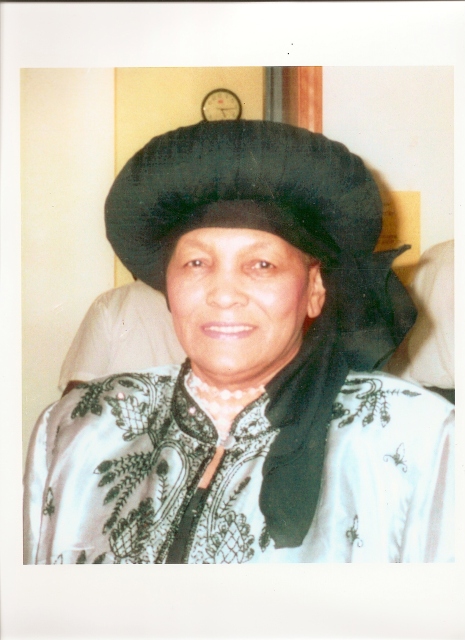 Doshia Greene Bowling
Doshia Greene Bowling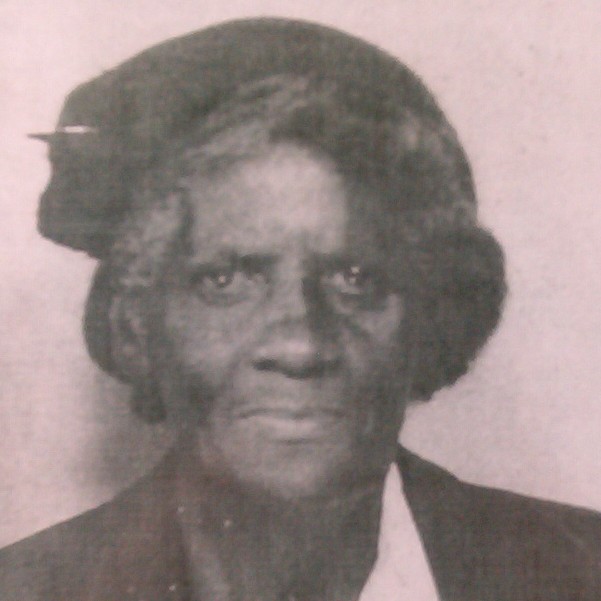
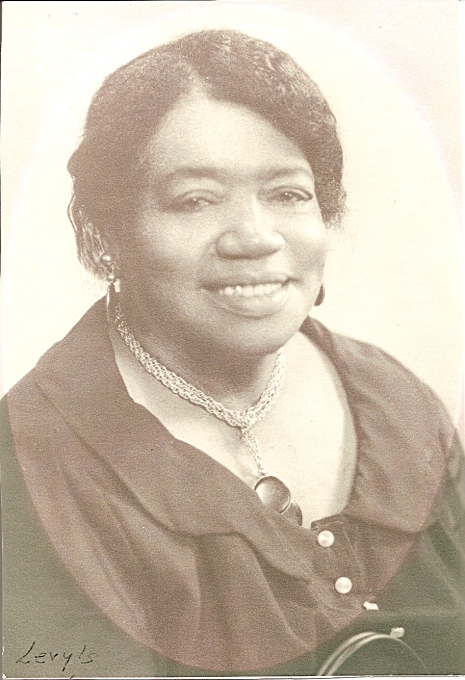
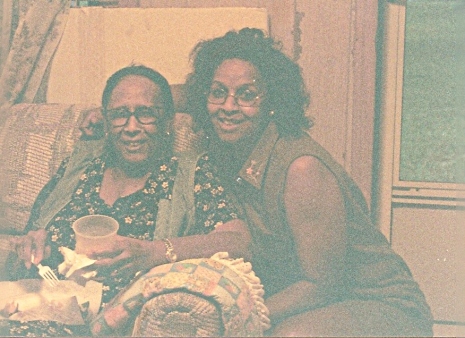
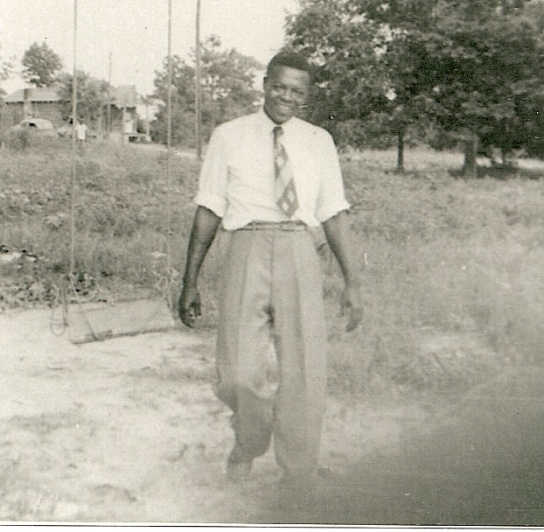
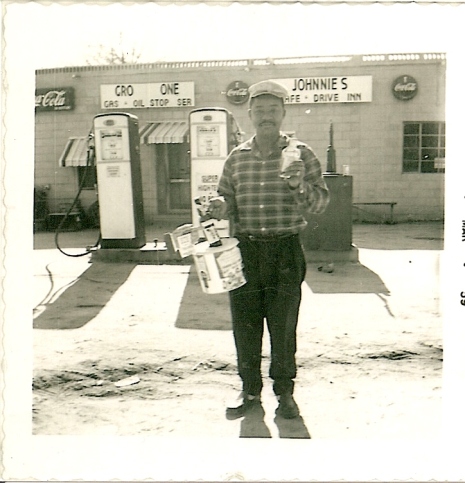
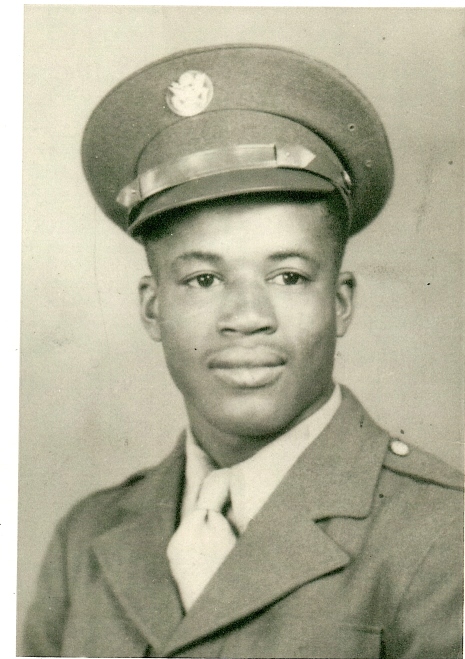
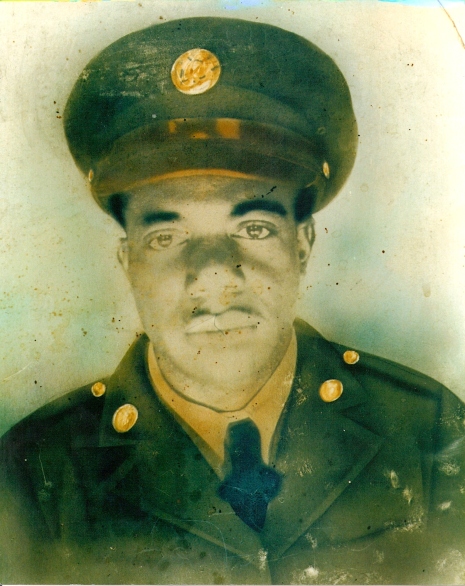

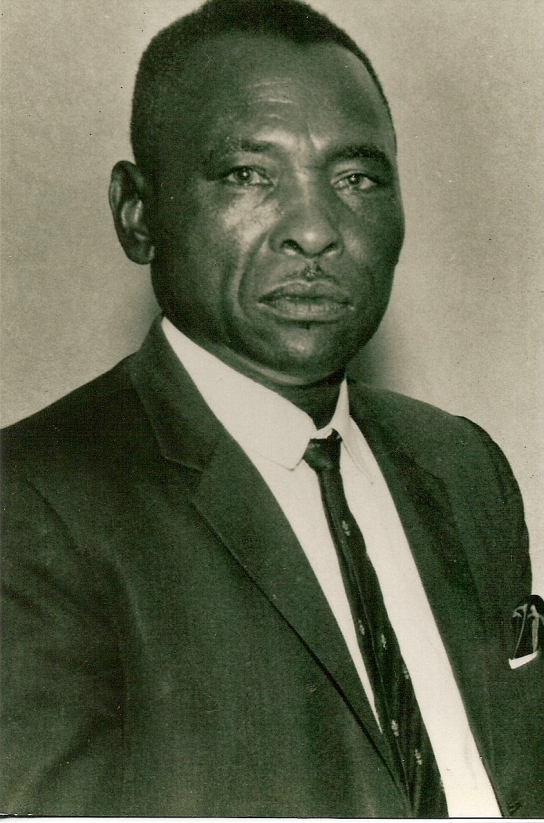
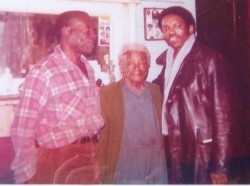 Sunman, Bigmama, & Johnnie Lee 1979
Sunman, Bigmama, & Johnnie Lee 1979